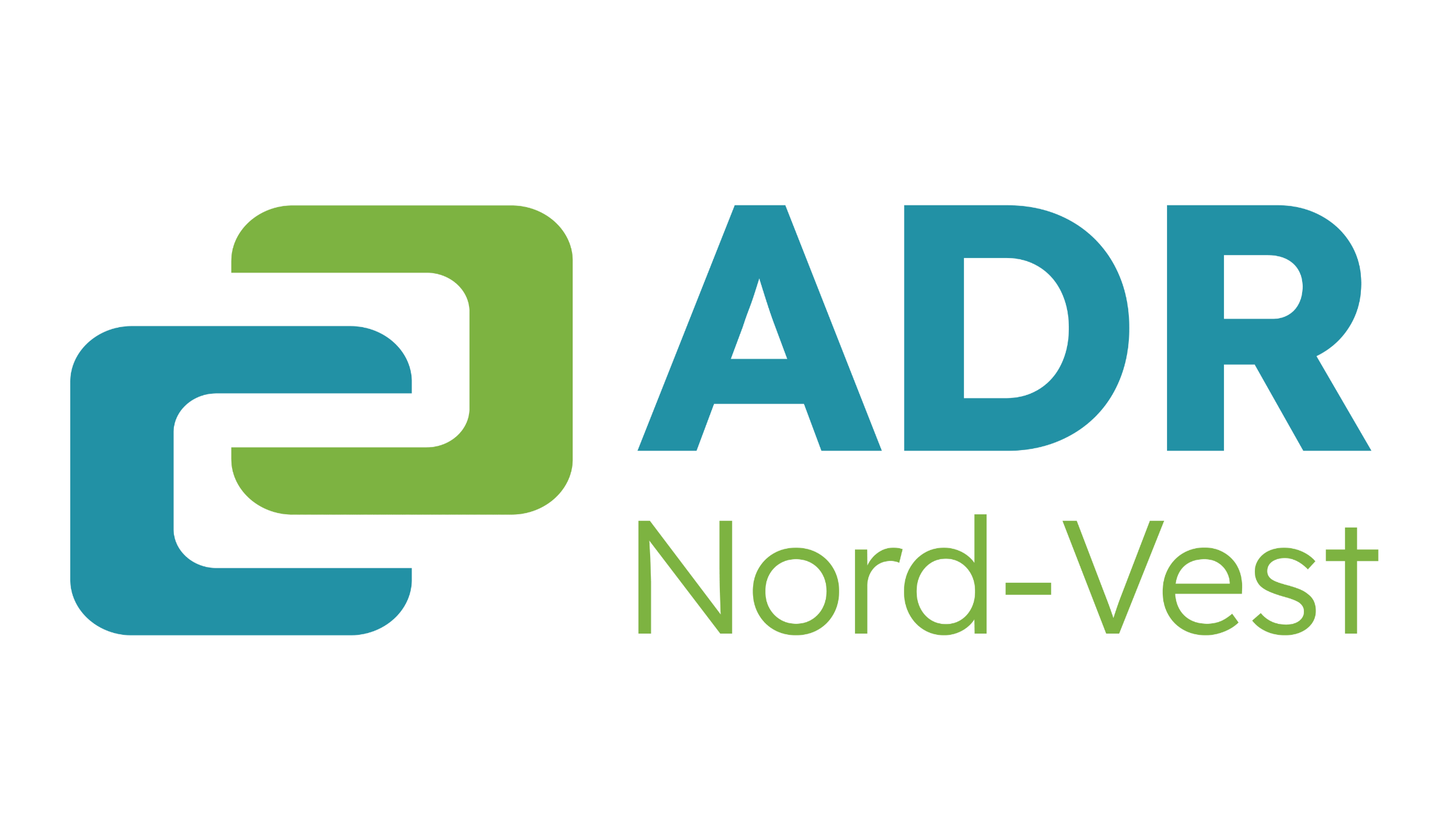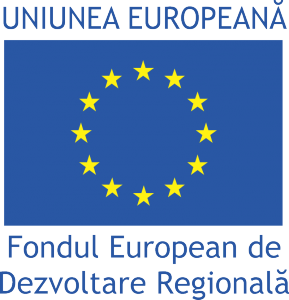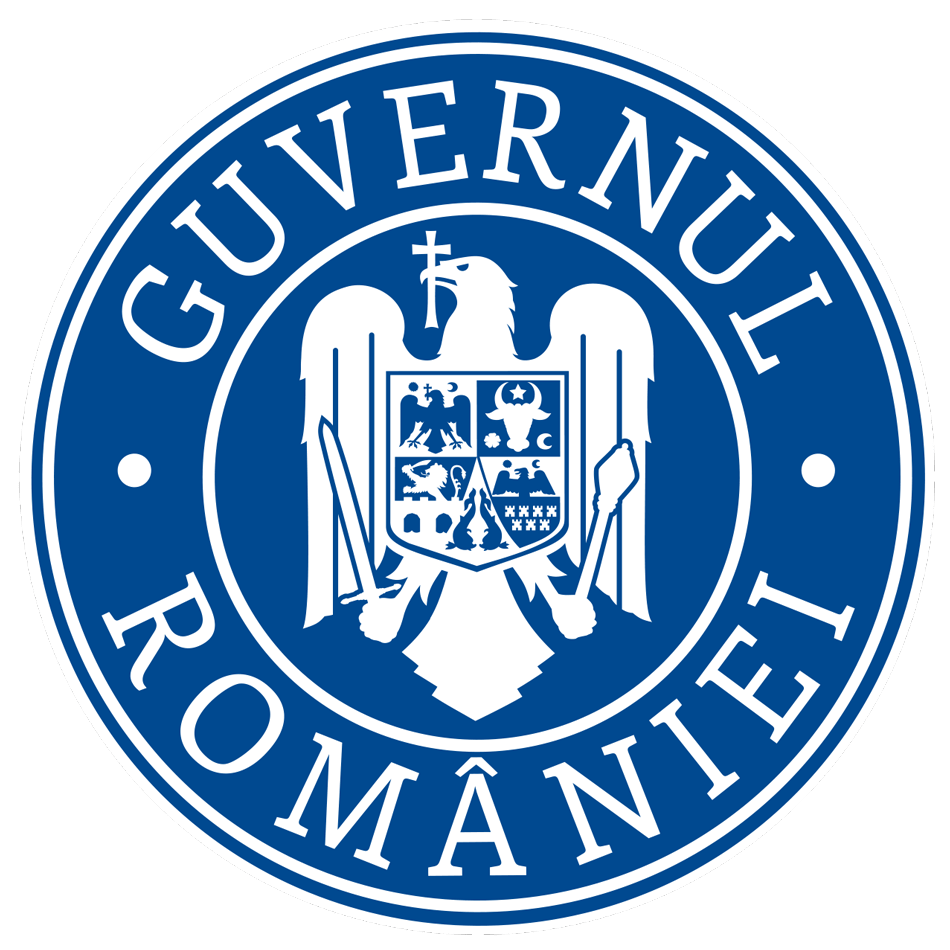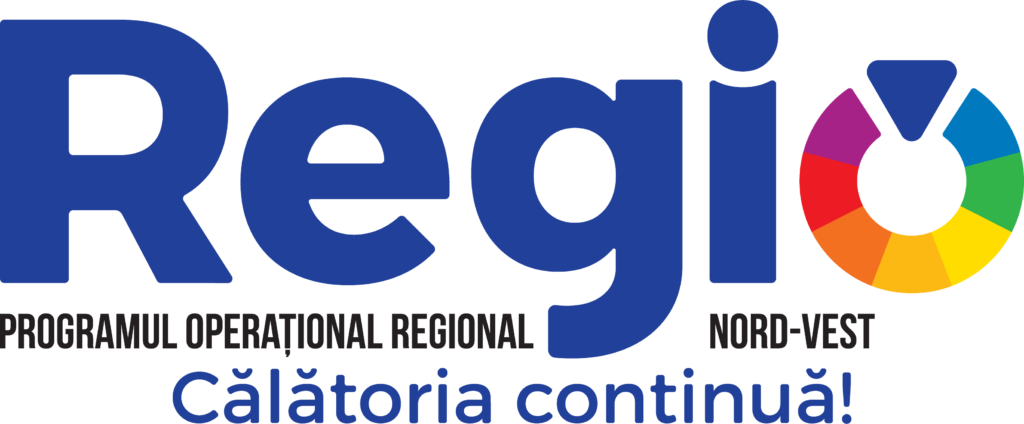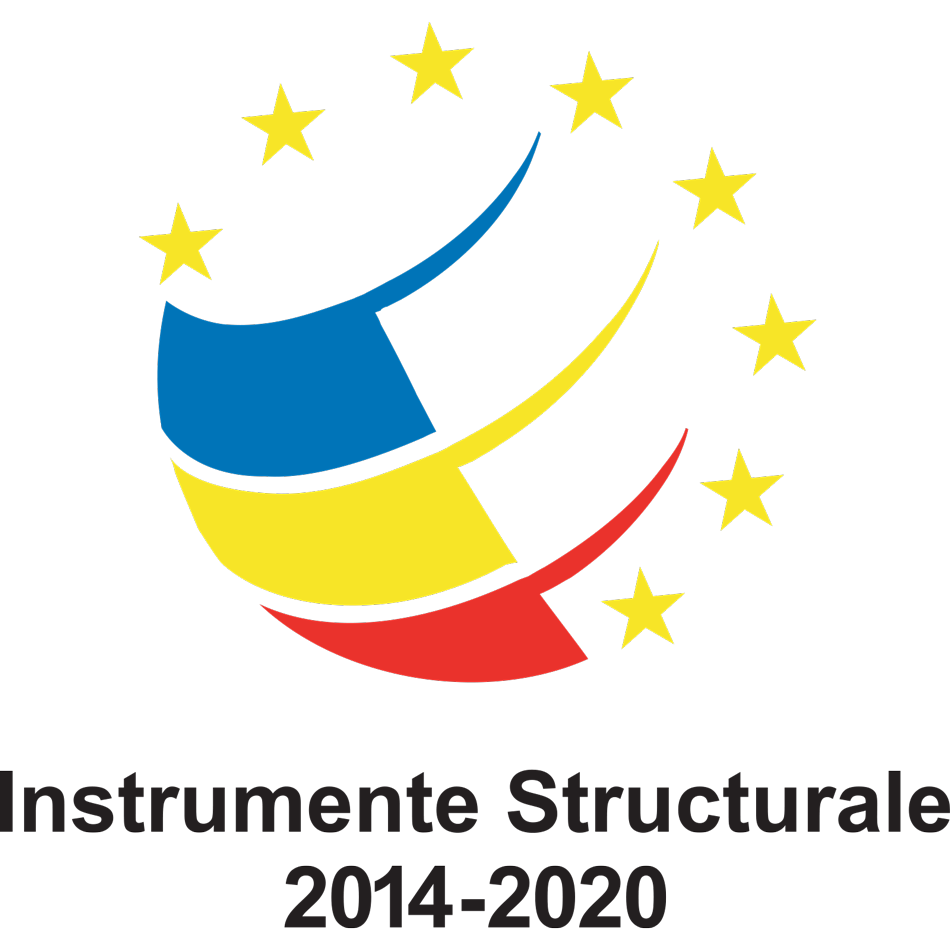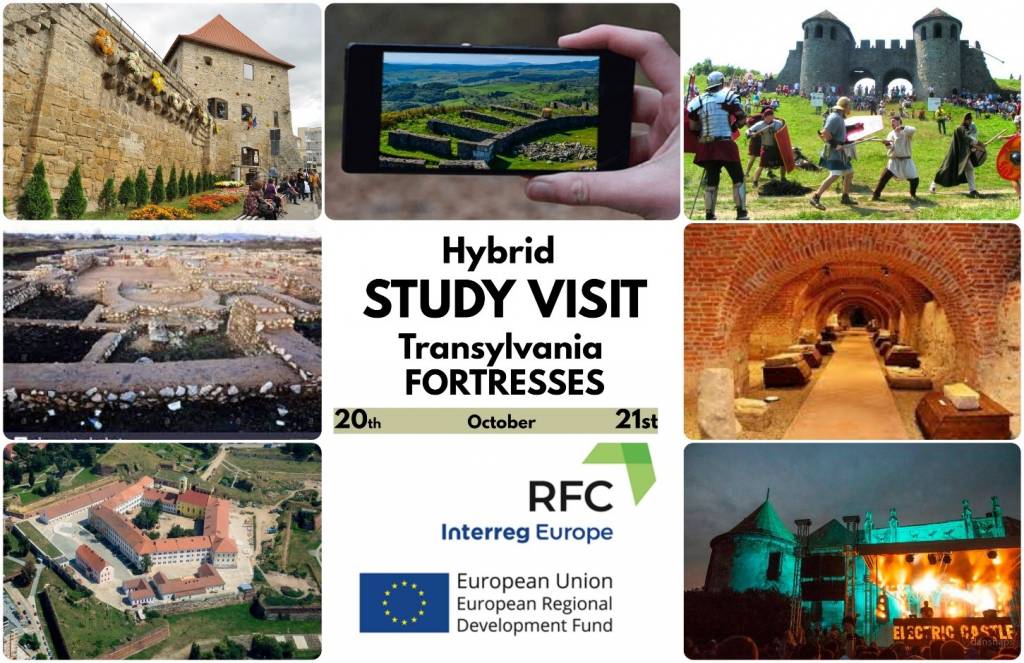
The special potential of the fortified heritage of Transylvania was presented during the study visit hosted, in a hybrid format, by ADR Nord-West during October 20-21, 2021. The event was organized within the project Revitalizing Fortress Cities [RFC], and his agenda included two days full of workshops, best practice exchanges, exhibitions, virtual tours and site visits.
Representatives of the partner public authorities from Germany [Magdeburg City Hall and the Chancellor of the Saxony-Anhalt Region], from the Teruel region [Spain] and from the Flanders region [Belgium] participated in physical form. The plenary sessions were watched online by representatives from the Usti regions of the Czech Republic and Slovakia, as well as members of the RFC regional group and the general public.
The participants were impressed by the multitude of historical vestiges in Transylvania, the impact of public funding, the importance and care given to heritage, the degree of digitization, the concerns regarding sustainable urban and local planning, the potential for revitalization with an impact on the development of cultural tourism and evenimente.
The debut conference was held at Tailors' Tower, a class A monument dating from the 15th century, which currently houses Cluj-Napoca Urban Culture Center. Through the RFC project, a virtual tour of the tower was created, presented for the first time at the event. Thus, the general public can access the interior and find out its history, the stages of rehabilitation as well as details about the new destination for culture, arts and events:
Participants were then led through Oradea Citadel, also through a virtual tour rich in details about the stages of rehabilitation and the enhancement of historical vestiges, carried out in Oradea City Museum, through the Princely Palace, in the exhibition halls, in the Lapidary but also in the inner courtyards that host events.
The supplier of 3D digital services, Komiti Media, was present at the event and answered the questions of the participants, regarding the applied technology, the way of use and the impact it has in more and more fields, including for the enhancement of the built heritage. Afterwards, the participants were also pleasantly impressed by the degree of digitization of museums and heritage sites in the region.
The two objectives can be explored individually by accessing the links below:
VIRTUAL TOUR Tailors Tower: VIRTUAL TOUR Oradea Citadel:
https://my.treedis.com/tour/turnul-croitorilor https://my.treedis.com/tour/cetatea-oradea
Roman forts from Potaissa [Turda, Cluj County], Porolissum and Bucium [Moigrad, Sălaj County], class A heritage objectives, financed from the Regional Operational Program 2014-2020, respectively POR 2007-2013. Through the project under implementation, the Potaissa Roman Fort will give back to the community and tourists a major heritage objective, through a special, modern and innovative architectural solution.
to The Roman fort from Porolissum, the participants had a special welcome, being greeted by the Romanian soldiers of Friends of the Zalău Museum, local historical reenactment association and the director ADI Country of Sylvania, Mister. Daniel Stejeran. The history of the place, details about the Roman road and the visible but also the covered remains, about the rehabilitation and enhancement works were provided by the external expert archaeologist Csok Zsolt, being complemented by the audio guide type application that is installed on mobile phones when entering the historical site, available in several languages of international circulation.
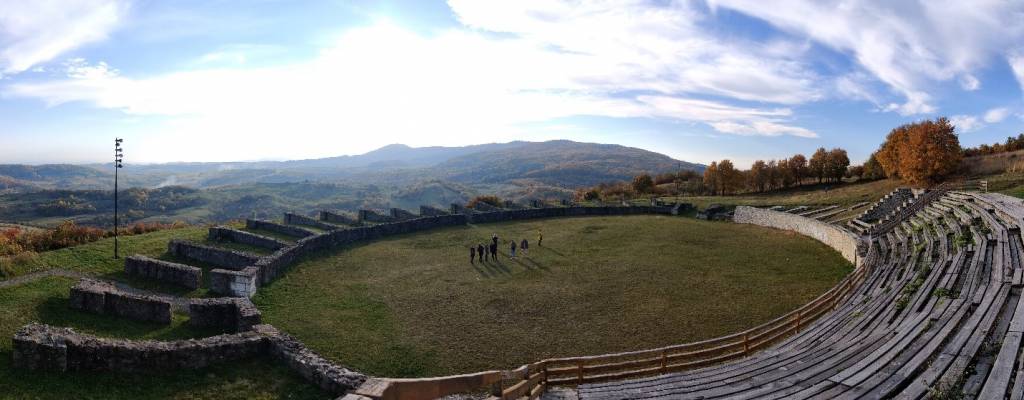
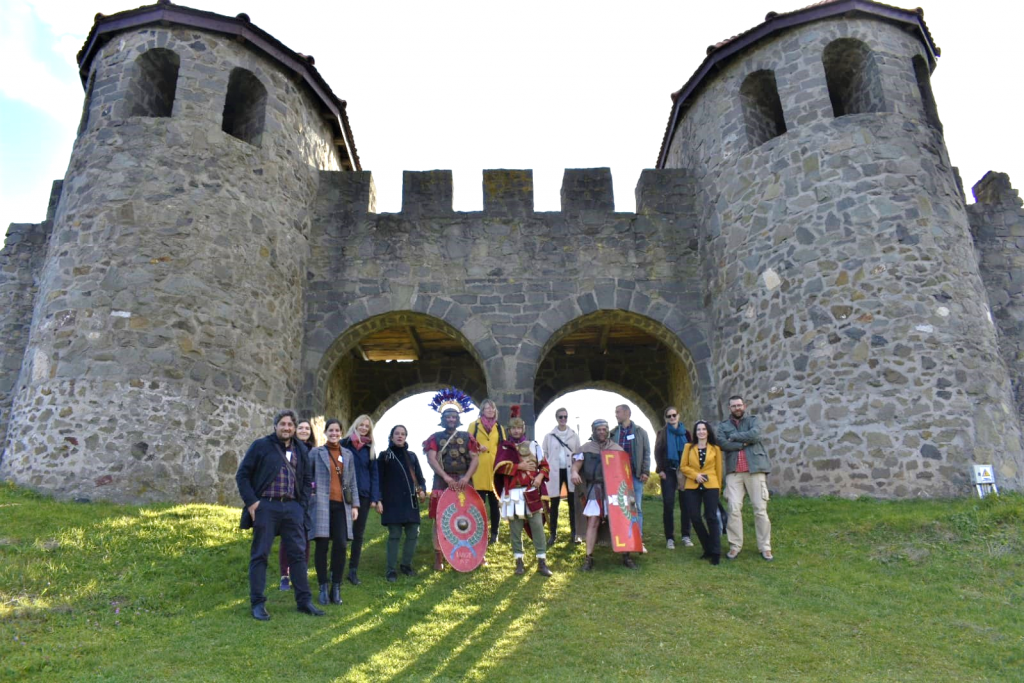
The importance and impact of actions to revise heritage objectives through arts and culture were highlighted through the events hosted and organized at Banffy Castle from Bonțida, Cluj County, culminating in the large-scale festival Electric Castle.
to Zalău County Museum of History and Art, the participants were welcomed by the team of museographers led by Mrs. Director Corina Bejinariu. They were taken through the ancient streets and visited Roman precincts and vestiges, through virtual and augmented reality technology, at the Exhibition CLIO HIGH TECH. They also got in touch with the history of the Salaj community by visiting The basic exhibition of the history section.
to The National History Museum of Transylvania, the LIMES exhibition impressed by the staging, the documentation and the richness of the vestiges, on a route that captures the frontiers of the Roman Empire in Romania. The guided tour, made by director Felix Marcu, can be taken individually by accessing the virtual tour with audio explanations: https://www.mnit.ro/turlimes/
to House of Religious Liberties, with a guided tour the participants admired the result of the restoration works of one of the oldest residential houses in Cluj-Napoca, currently an event space, as well as the archaeological remains discovered and exposed to the general public.
An interregional experience exchange workshop on the integration of fortifications in the urban planning process was organized at MNIT, with the participation of experts from each partner country in the project. Presentations from Romania [Arch. Eugen Pănescu], Czech Republic, Belgium, Germany, Spain and Slovakia can be downloaded from this link.
Study visits are the main instruments of experience exchange between partner organizations and those involved in territorial cooperation projects. The RFC project is funded by the Interreg Europe Program and is being implemented in the 6 partner regions until mid-2024. The pandemic has moved a series of events organized in 2020 and 2021, which were supposed to be physically hosted in the Czech Republic, exclusively online. Spain, Germany and Greece. The collected good practices are available on the RFFC website: https://www.interregeurope.eu/rfc/good-practices/
We thank the collaborators for the success of the event: Pro Restauratio, the National History Museum of Transylvania [MNIT], the County Museum of History and Art Zalău [MJIAZ], the Museum of the Country of Crișurilor [Oradea Museum Complex], the Sălaj County Council, Cluj-Napoca City Hall [Public Service for the Administration of Cultural Objectives], PrimTurda area, țara Silvaniei Intercommunity Development Association, Museum Friends Association, Babeș Bolyai University [Faculty of History and Philosophy], Unitarian Bishopric of Cluj [Casa LibertReligious Fathers] and the Transylvania Trust Foundation [administrator of Banffy Castle from Bonțida].
ADR North-West team
Ioana Dragos, project manager
Raluca Drob, implementation expert
Ovidiu Mărginean, communication expert
Zsolt Csok, external expert

